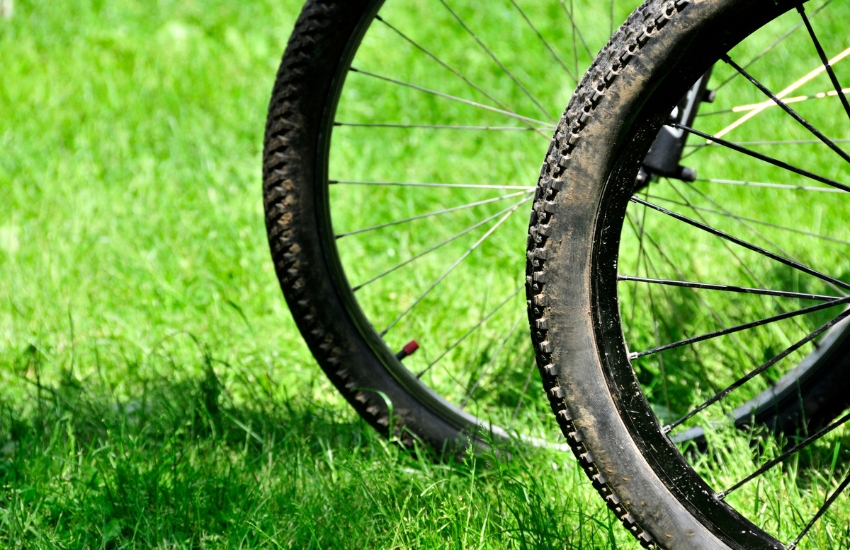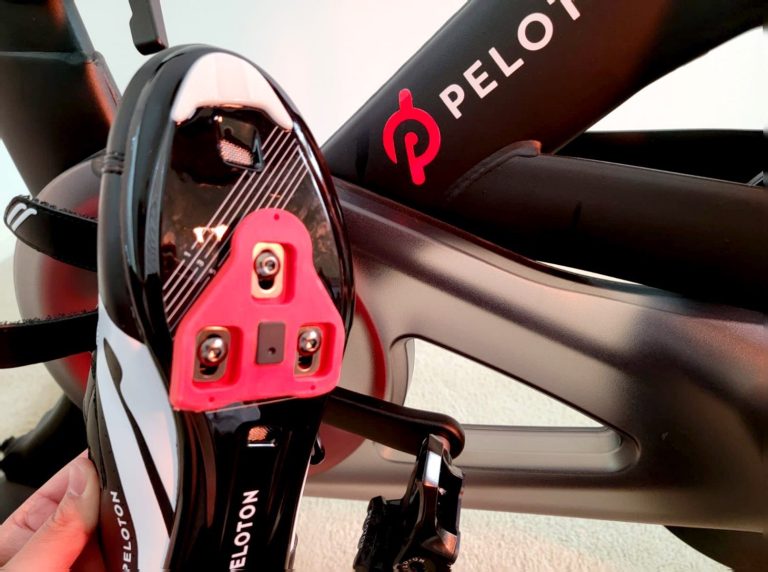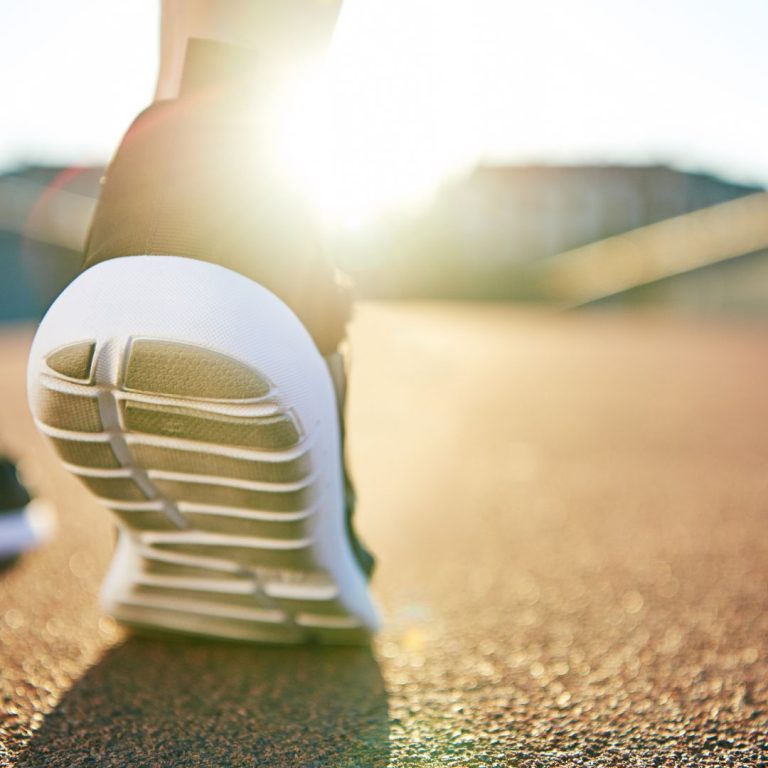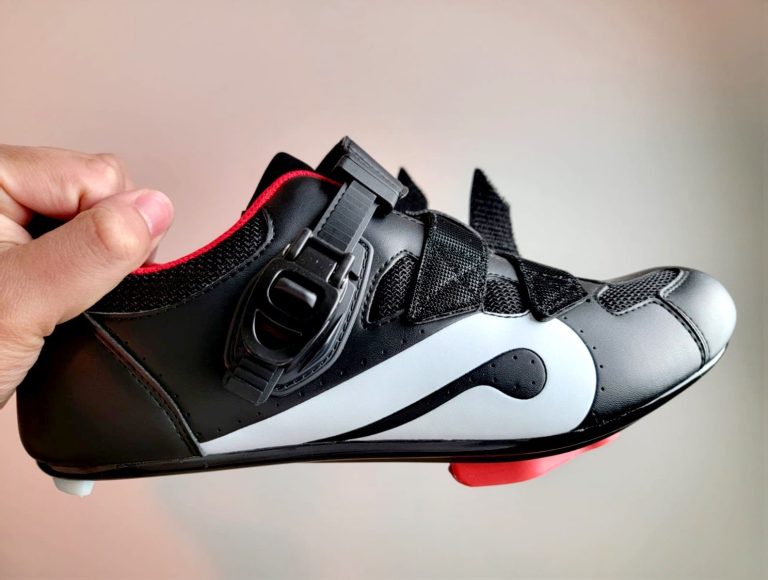What Does 700c Mean On A Bike?

If you’re new to the world of biking, you may be wondering what 700c means. Essentially, it’s a tire size that is commonly used on bikes. In technical terms, 700c refers to the diameter of the wheel rim, which is 622 millimeters. This measurement is taken from the outer edge of the rim on one side to the outer edge of the rim on the other side.
The history of 700c tires dates back to the 19th century when the first bicycles were being developed. As the technology improved, so did the size and shape of bike tires. 700c tires became popular in the 1980s and are now widely used on a variety of different types of bikes.
In this article, we’ll break down the advantages, compare it versus other bike tire sizes and give you the full rundown. Let’s get started!
Advantages of 700c Tires
As someone who has been biking (and now peloton-ing) for a while, I can attest to the many benefits of using 700c tires. One of the biggest advantages is their ability to roll smoothly and efficiently. This means you can go faster with less effort, making them ideal for longer rides or commutes. The larger size of 700c tires also means that they can handle bumps and obstacles on the road more easily, providing a smoother ride, as I said.
Another advantage of 700c tires is their stability and control. This is particularly important for road bikes, which are designed to go fast and need to be able to handle sharp turns and sudden stops. The larger size of 700c tires provides more surface area for contact with the ground, giving you more stability and control over your bike.
Finally, 700c tires are suitable for long-distance riding. Because they roll so smoothly and offer more stability and control, you can ride for longer periods of time without experiencing as much fatigue or discomfort. Whether you’re going on a leisurely weekend ride or training for a long-distance race, 700c tires are typically gonna’ be a great choice.
700c vs. Other Bike Tire Sizes
If you’re in the market for new bike tires, you may be wondering how 700c tires compare to other popular sizes. Let’s take a look at some of the key differences and pros and cons of each size.
First up is the 26-inch tire, which is commonly used on mountain bikes. The main difference between 26-inch and 700c tires is their size. 26-inch tires have a smaller diameter than 700c tires, which can make them more nimble and easier to maneuver on tight trails. However, they may not roll as smoothly or efficiently as larger tires, and can be less stable at high speeds.
On the other end of the spectrum are 29er tires, which are becoming increasingly popular on mountain bikes and some hybrid bikes. 29er tires are larger in diameter than 700c tires, which can provide even more stability and control on rough terrain. However, they can also be heavier and slower to accelerate than smaller tires, and may not be as nimble in tight spaces.
If you’re looking for speed and efficiency on the road, 700c tires may be your best bet. If you’re tackling challenging trails or looking for extra stability, a larger tire size like 29er may be a better choice. And if you’re somewhere in between, a 26-inch tire could be a happy medium.
| Tire Size | Diameter | Pros | Cons |
|---|---|---|---|
| 700c | Larger | Better rolling ability, more stability and control, suitable for long-distance riding | May not be as nimble or lightweight as smaller tires |
| 26-inch | Smaller | More nimble and easier to maneuver on tight trails | May not roll as smoothly or efficiently, less stable at high speeds |
| 29er | Largest | Provides even more stability and control on rough terrain | Heavier and slower to accelerate, less nimble in tight spaces |
Ultimately, the best tire size for you will depend on your riding style, preferences, and needs. Consider factors like the type of terrain you’ll be riding on, your speed and efficiency goals, and your comfort level with different tire sizes. With the right tire size, you can enjoy a smooth, stable, and enjoyable ride every time.
Types of Bikes that Use 700c Tires
If you’re looking to buy a bike with 700c tires, you’ll be happy to know that they’re a popular choice for a variety of different types of bikes. Here are a few of the most common:
Road Bikes: If you’re looking for speed and efficiency on the road, a road bike is a great option. These bikes are designed for fast riding on smooth surfaces, and their narrow 700c tires help reduce rolling resistance and increase speed. Whether you’re commuting to work or training for a race, a road bike with 700c tires can help you get there quickly and comfortably.
Touring Bikes: For longer rides and multi-day trips, a touring bike can be a great choice. These bikes are designed to carry heavy loads and handle a variety of different surfaces, so they need sturdy, reliable tires that can handle anything. 700c tires are a popular choice for touring bikes because they provide a good balance of speed, stability, and durability. Whether you’re exploring the countryside or cruising through the city, a touring bike with 700c tires can help you get there comfortably and safely.
Cyclocross Bikes: Cyclocross is a unique type of bike racing that involves riding over a variety of different surfaces, including pavement, dirt, and grass. Cyclocross bikes are designed to handle this type of terrain, and their 700c tires are a key part of their performance. These tires provide good traction and stability on a variety of surfaces, and they’re often wider than road bike tires to provide more cushioning and shock absorption. Whether you’re racing or just out for a fun ride, a cyclocross bike with 700c tires can help you handle any terrain with confidence.
No matter what type of bike you choose, 700c tires are a versatile and reliable choice that can help you enjoy a comfortable, efficient ride every time.
How to Maintain 700c Tires
If you want your 700c tires to last as long as possible, it’s important to take good care of them. Here are a few simple steps you can take to keep your tires in great shape:
- Proper Tire Pressure: The most important thing you can do to maintain your 700c tires is to keep them properly inflated. Check the recommended tire pressure for your bike and make sure your tires are always inflated to that level. This will help prevent flats, improve your riding efficiency, and extend the life of your tires.
- Regular Cleaning: Dirt, debris, and other contaminants can build up on your tires over time, so it’s important to clean them regularly. Use a mild soap and water to gently scrub away any dirt or grime, then rinse them thoroughly and dry them off with a clean towel.
- Inspection for Wear and Tear: Finally, it’s important to inspect your 700c tires regularly for signs of wear and tear. Look for cracks, cuts, or other damage to the tread or sidewalls, and replace your tires if you notice any significant issues. It’s also a good idea to replace your tires every few years to ensure maximum performance and safety.
Frequently Asked Questions about 700c Tires
Here are the answers to some of the most common questions I hear about these tires:
Can I replace my 700c tires with a different size?
Yes, you can replace your 700c tires with a different size, but it’s important to make sure that the new tires will fit your bike properly. The size of your tires affects your bike’s overall performance, so it’s important to choose the right size for your needs.
Are 700c tires suitable for off-road riding?
While 700c tires are primarily designed for road riding, some models can handle light off-road riding as well. If you plan to do a lot of off-road riding, you may want to consider a tire with more traction and a wider tread to handle rough terrain.
Do all road bikes have 700c tires?
No, not all road bikes have 700c tires, but they are the most common size for road bikes. Some road bikes use smaller 650c tires, while others use larger 29-inch tires. It’s important to choose the right size tire for your bike to ensure the best performance and safety.
Hopefully, these answers have helped clear up some of your questions about 700c tires. Remember, the most important thing is to choose the right size and type of tire for your specific needs and riding style. Happy riding!


![How To Do Squats On Angled Smith Machine? [Mistakes to Avoid]](https://149924277.v2.pressablecdn.com/wp-content/uploads/2023/06/Squats-On-Angled-Smith-Machine-768x768.jpg)


![How To Fold A NordicTrack Elliptical [A Step-by-Step Guide]](https://149924277.v2.pressablecdn.com/wp-content/uploads/2023/06/Folding-A-NordicTrack-Elliptical--768x768.jpg)
![What to eat before Orangetheory [Pre-Workout Meals]](https://149924277.v2.pressablecdn.com/wp-content/uploads/2023/06/What-To-Eat-Before-Orangetheory-768x768.jpg)